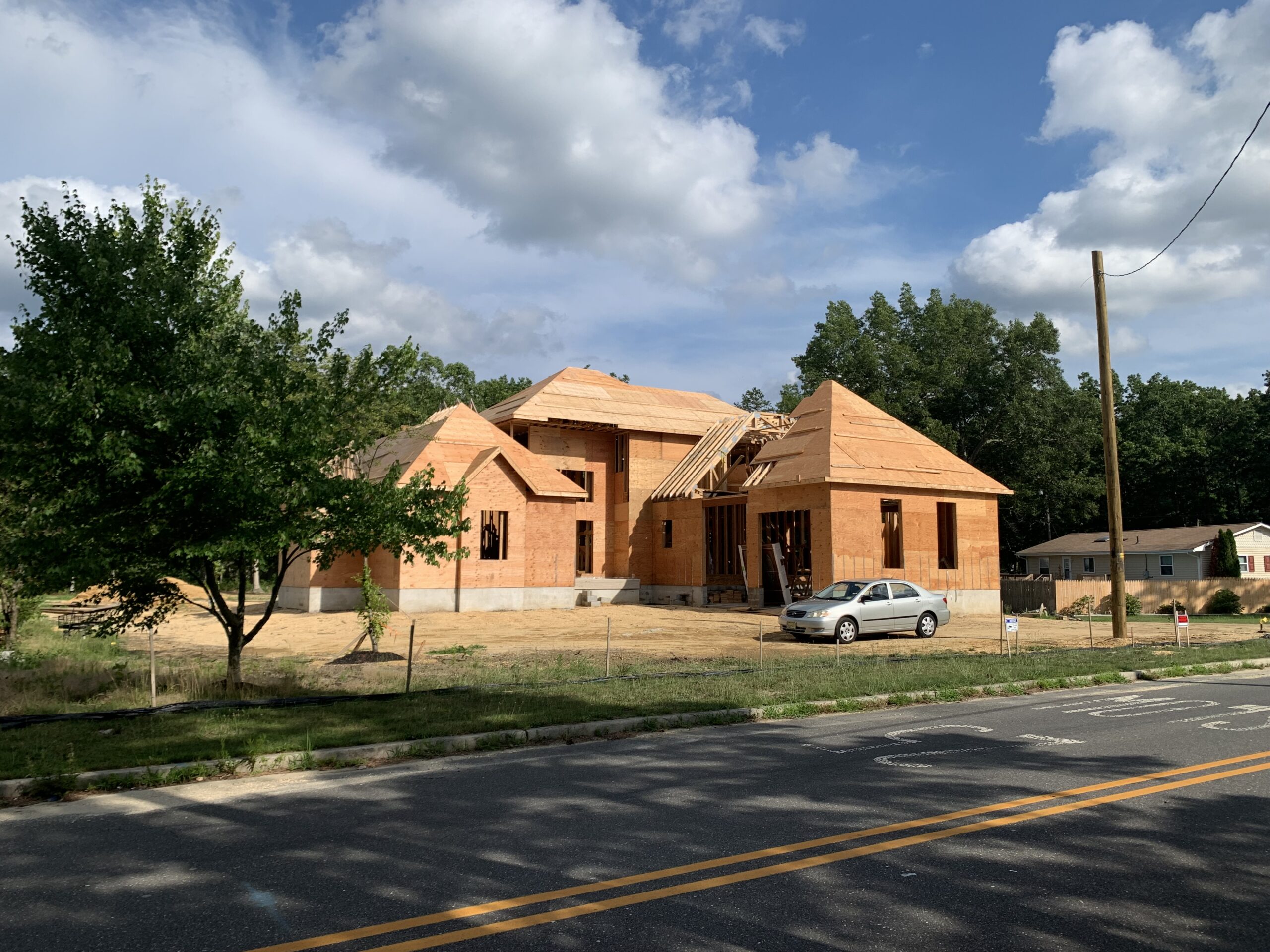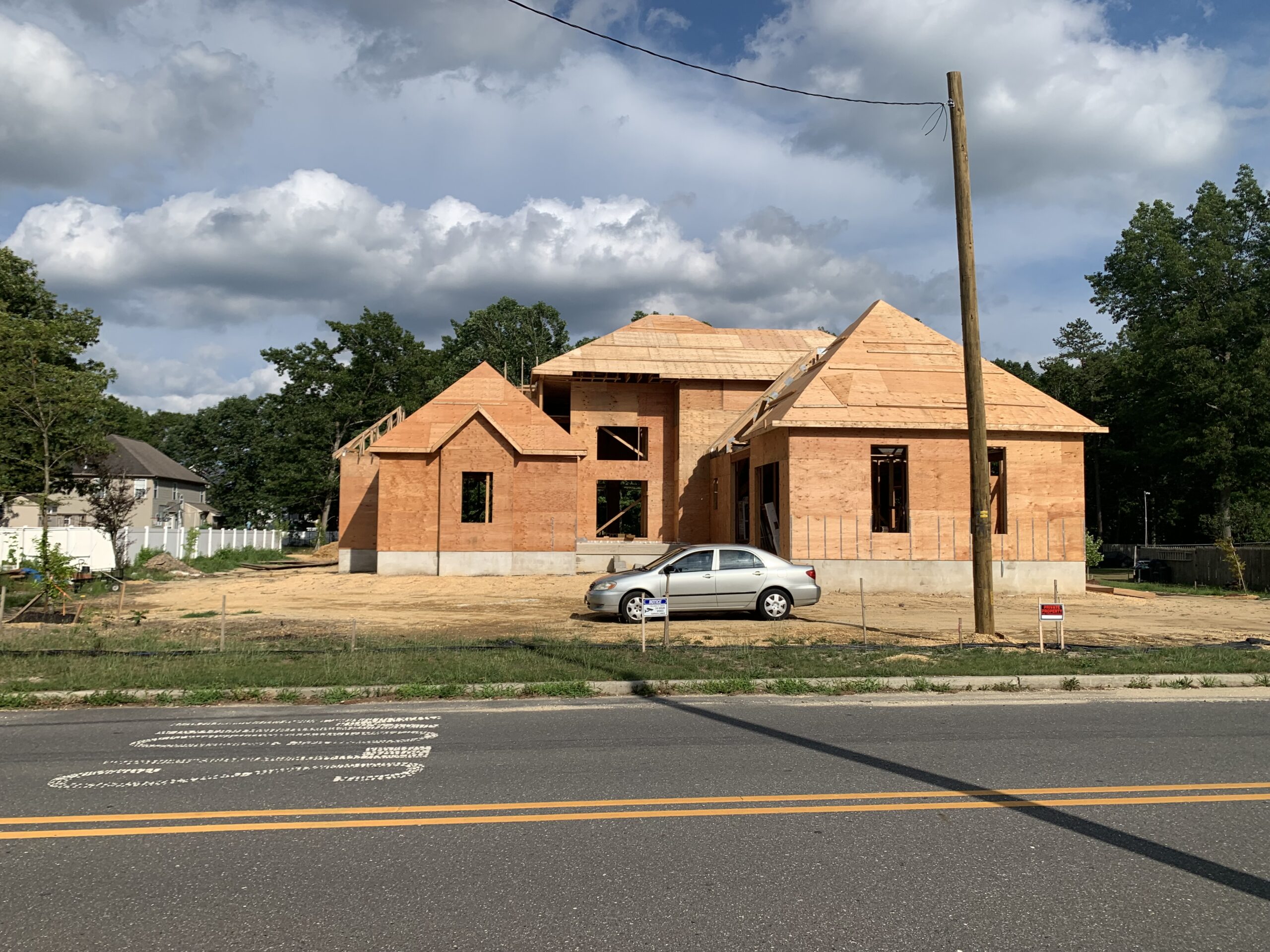

In the world of architecture, “essence” refers to the core qualities that define and distinguish each creation. Architectural essence is not merely about constructing buildings but about crafting spaces that resonate with purpose, aesthetics, and the spirit of the surrounding environment. This concept underscores the profound relationship between design and the human experience, where every structure tells a story and evokes a unique emotional response.
Materials play a crucial role in capturing the architectural essence of a building. The choice of materials, whether it’s stone, wood, glass, or metal, significantly influences the character and feel of the space. Each material brings its own texture, colour, and warmth, contributing to the overall sensory experience.